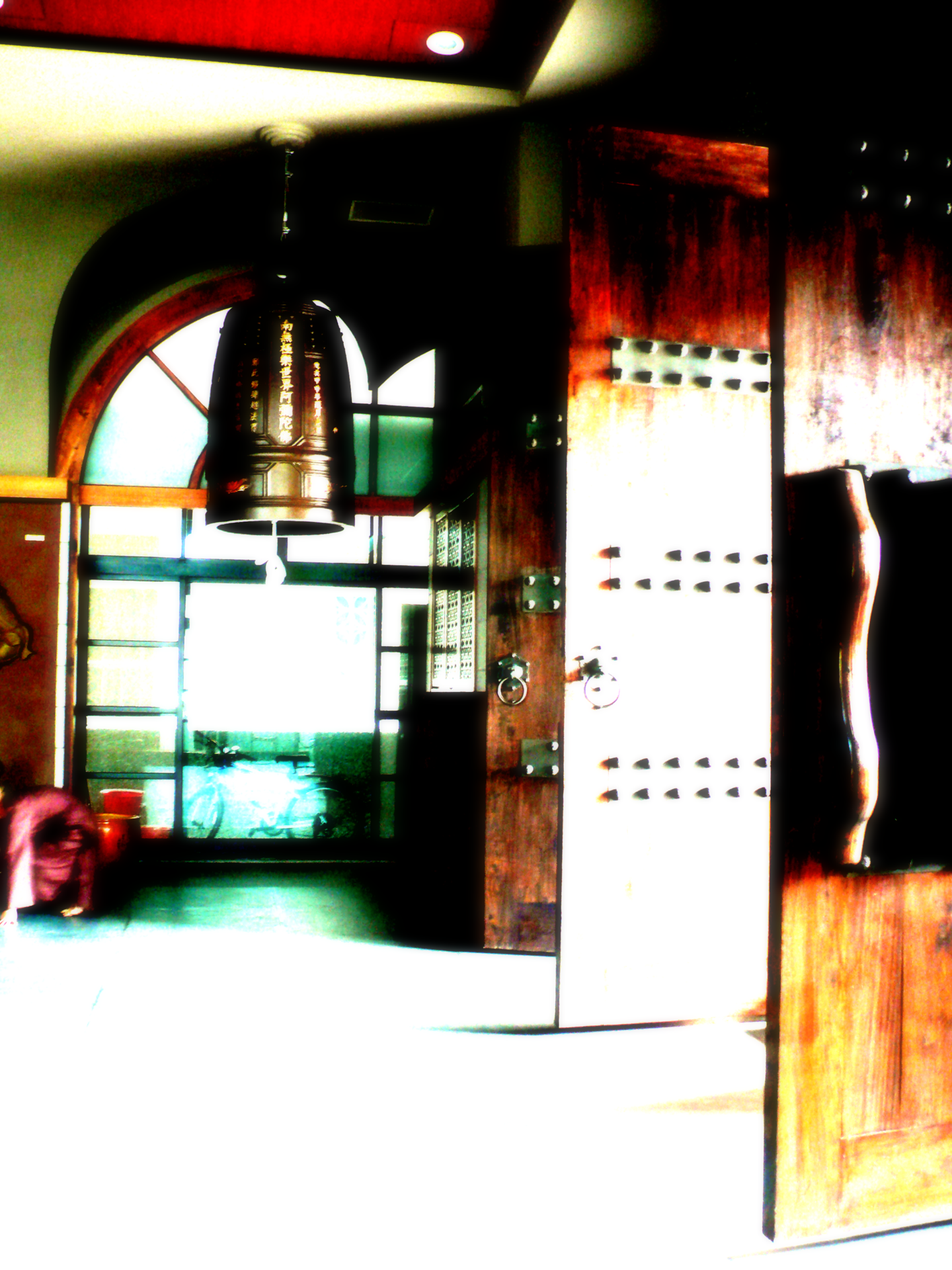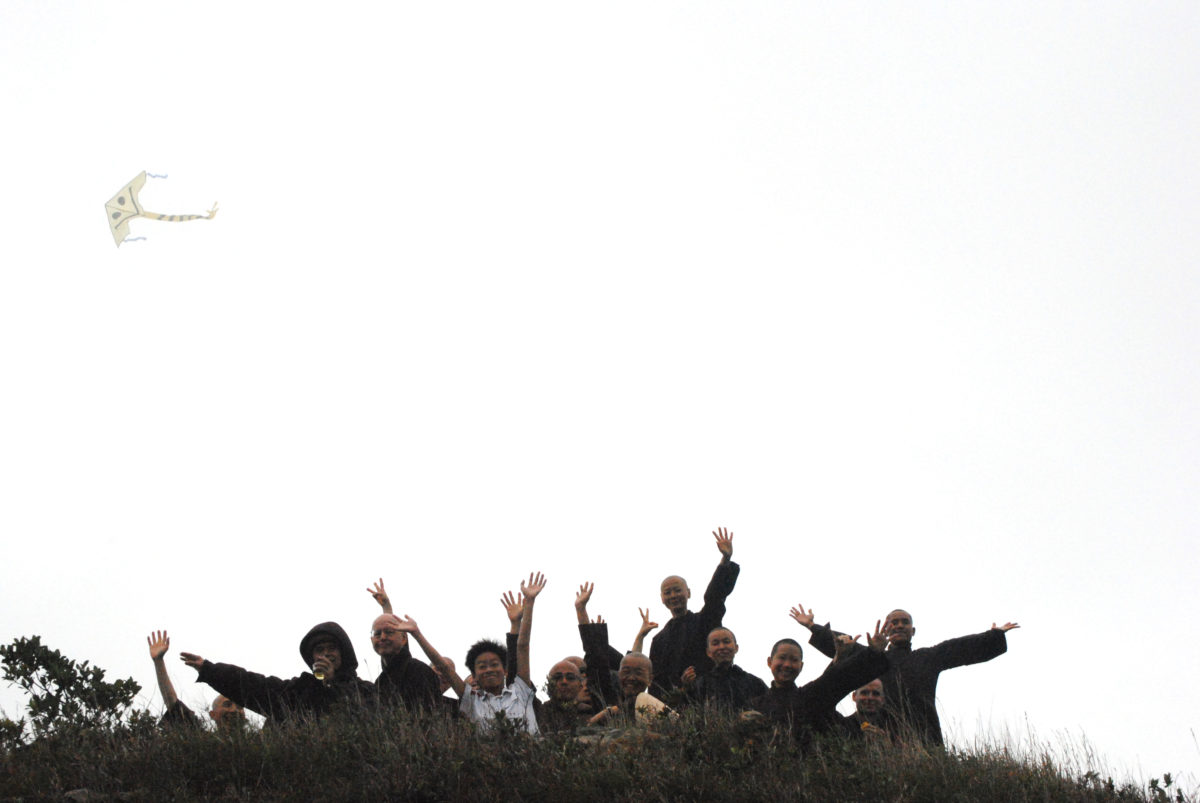
The Sciences of the Buddha
A Twenty-one Day Retreat for Buddhists and Scientists
By Thich Nhat Hanh
In Buddhism there are two kinds of truth: conventional truth (samvrti-satya) and absolute truth (paramartha-satya). In the framework of the conventional truth, Buddhists speak of being and non-being, birth and death, coming and going, inside and outside, one and many, etc. The Buddhist teaching and practice based on this framework helps reduce suffering and bring more harmony and happiness.

The Sciences of the Buddha
A Twenty-one Day Retreat for Buddhists and Scientists
By Thich Nhat Hanh
In Buddhism there are two kinds of truth: conventional truth (samvrti-satya) and absolute truth (paramartha-satya). In the framework of the conventional truth, Buddhists speak of being and non-being, birth and death, coming and going, inside and outside, one and many, etc. The Buddhist teaching and practice based on this framework helps reduce suffering and bring more harmony and happiness. In the framework of absolute truth, the teaching transcends notions of being and non-being, birth and death, coming and going, inside and outside, one and many, etc. The teaching and practice based on this insight help practitioners liberate themselves from discrimination and fear, and touch nirvana, the ultimate reality. Buddhists see no conflict between the two kinds of truth and are free to make good use of both frameworks.
Classical science, as seen in Newton’s theories, is built upon a framework reflecting everyday experience, in which material objects have an individual existence and can be located in time and space. Quantum physics provides a framework for understanding how nature operates on subatomic scales, but differs completely from classical science, because in this framework, there is no such thing as empty space, and the position of an object and its momentum cannot simultaneously be precisely determined. Elementary particles fluctuate in and out of existence, and do not really exist but have only a “tendency to exist.”
Classical science seems to reflect the conventional truth and quantum physics seems to be on its way to discover the absolute truth, trying very hard to discard notions such as being and non-being, inside and outside, sameness and otherness, etc. At the same time, scientists are trying to find out the relationship between the two kinds of truth represented by the two kinds of science, because both can be tested and applied in life.
In science, a theory should be tested in several ways before it can be accepted by the scientific community. The Buddha also recommended, in the Kalama Sutra, that any teaching and insight given by any teacher should be tested by our own experience before it can be accepted as the truth. Real insight, or right view, has the capacity to liberate and to bring peace and happiness. The findings of science are also insight; they can be applied in technology, but can be applied also to our daily behavior to improve the quality of our life and happiness. Buddhists and scientists can share with each other their ways of studying and practice and can profit from each other’s insights and experience.
The practice of mindfulness and concentration always brings insight. It can help both Buddhists and scientists. Insights transmitted by realized practitioners like the Buddhas and bodhisattvas can be a source of inspiration and support for both Buddhist practitioners and scientists, and scientific tests can help Buddhist practitioners understand better and have more confidence in the insight they receive from their ancestral teachers. It is our belief that in this twenty-first century, Buddhism and science can go hand in hand to promote more insight for us all and bring more liberation, reducing discrimination, separation, fear, anger, and despair in the world.
In the beautiful setting of Plum Village, from June 1-21, 2012, scientists and Buddhists will practice sitting together, walking together, and sharing their experience and insight with each other. The practices of mindfulness and concentration can help scientists to be better scientists and in this way, Buddhism can act as a source of inspiration, suggesting directions for future investigation and discovery. Conversely, we will explore how insights from science can be useful, not only to develop technology and improve our material comfort, but to reduce the suffering of individuals, families, and society. This retreat will bring a lot of joy and confidence in both traditions as we find out that good science and good Buddhism can be much and do much for the well-being of the world.
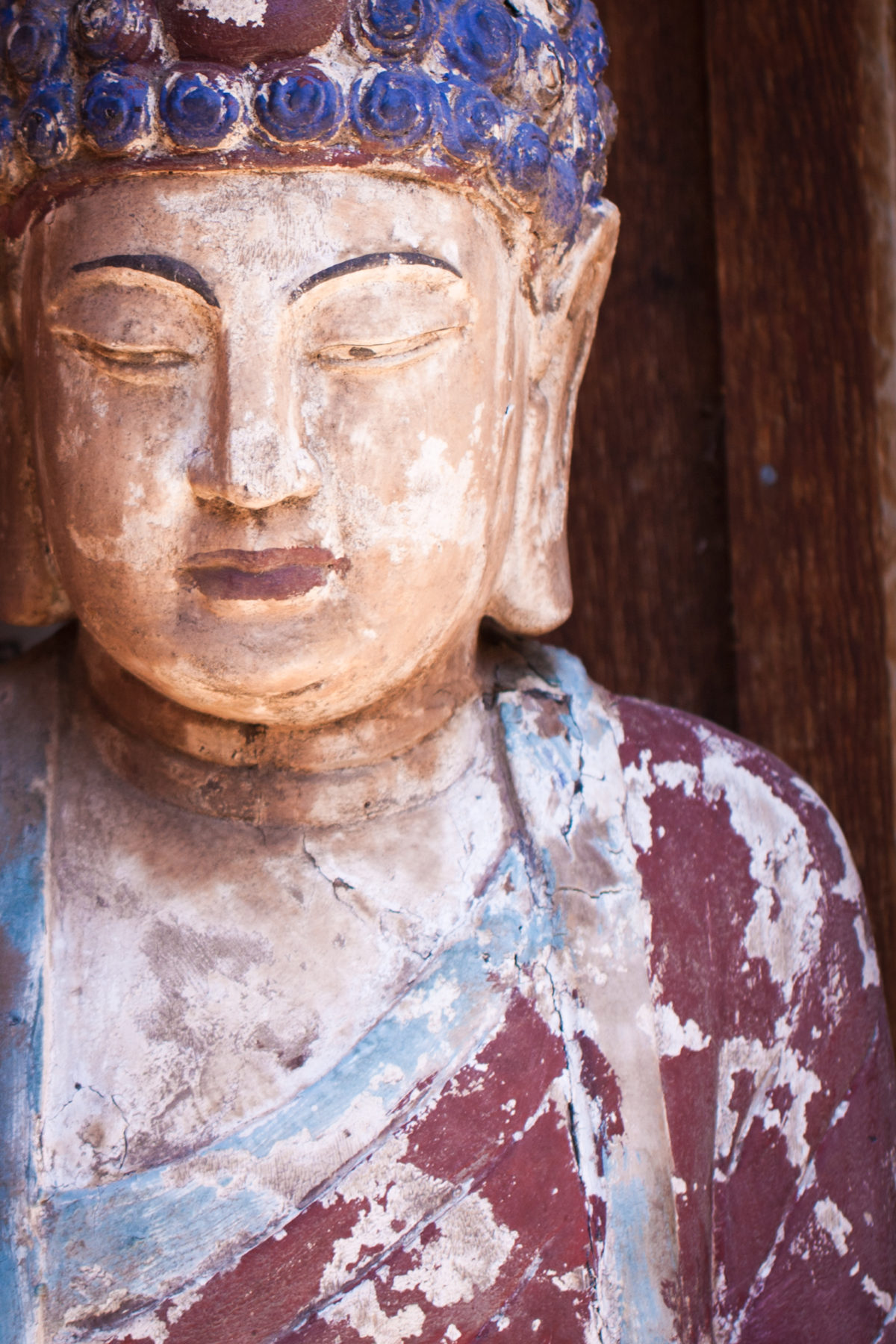
Thirty Years of Plum Village
On June 16, 2011, during lunchtime in the Assembly of Stars Meditation Hall in Lower Hamlet, Plum Village, Thay called the brothers and sisters who were twenty-nine years of age, including the lay friends, to come up in front of the Sangha. Thay shared that the year they were born, Plum Village was also born—that they were the same age as Plum Village. Next year, they will be celebrating their birthday along with the 30th Anniversary of our beloved Plum Village community. Thay invited this group, and the whole community of the Plum Village tradition in France and the world, to help contribute to an anniversary celebration. Let us come together to nourish our brotherhood and sisterhood and to deepen our practice. Let us look into how we can celebrate Plum Village in a meaningful and deep way. Let us find ways to record and share the history of the Plum Village manifestation as a gift for our beloved teacher, Thay. To contribute your ideas and energy, please contact Brother Phap Dung at phapdung@dpmail.net.
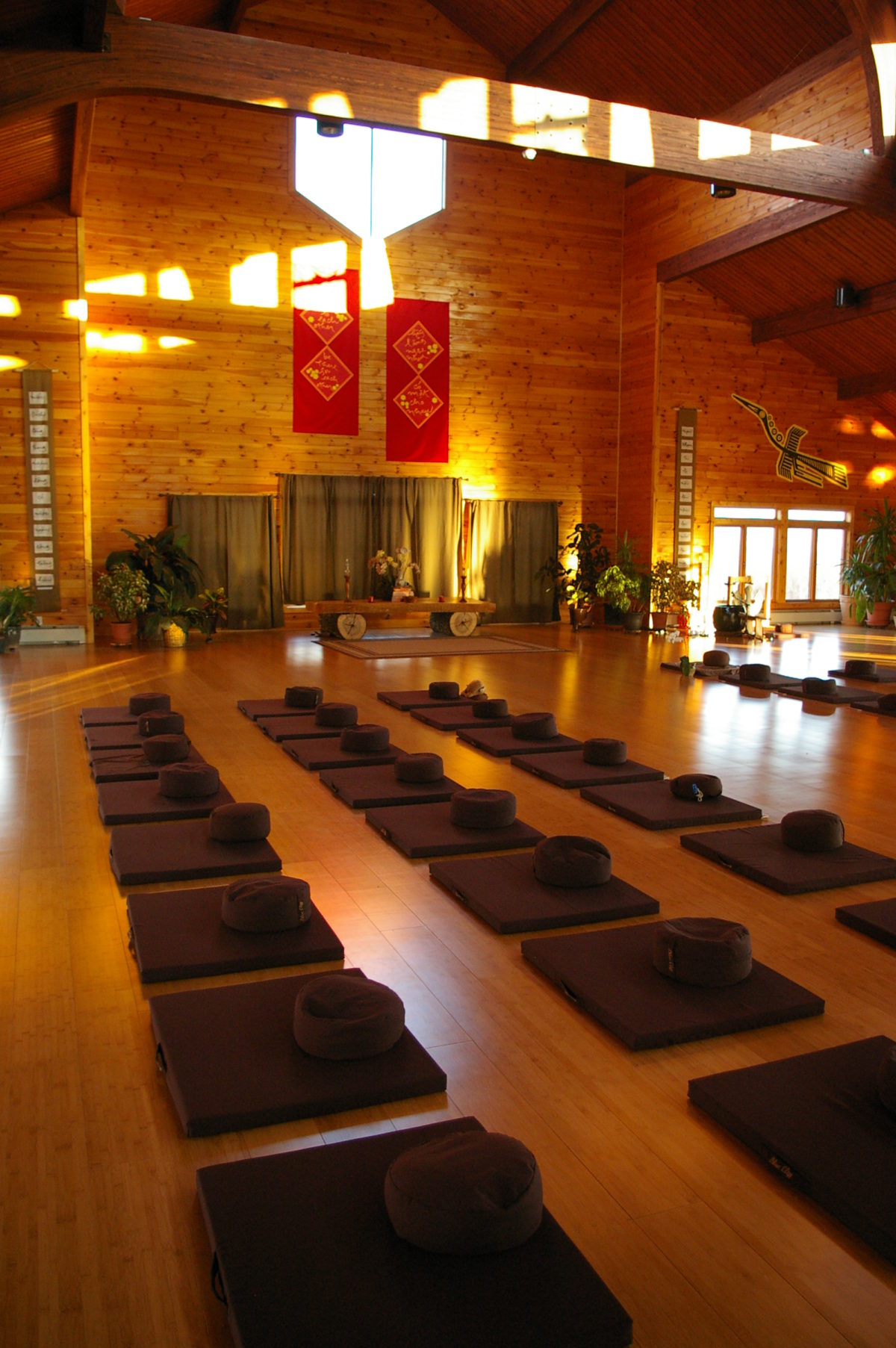
Love Resounds
Remembering Nathaniel (Nacho) Cordova, True Mountain of Compassion
By Jerry Braza
On July 16, 2011, our brother Nacho Cordova died in a motorcycle accident near the Oregon coast. Nacho continues to ripple like a wave through the hearts of his family, the worldwide academic community, and the Sangha. At his memorial service, one word resounded like a bell of mindfulness: LOVE.
Nacho clearly wanted the best for every person, as demonstrated by his deep, mindful presence and practice of loving-kindness. His Dharma name, True Mountain of Compassion, exemplify his ability to be there for others, especially when they were suffering. Despite his busy schedule, he found time to listen deeply and often followed the listening with compassionate action. His warm smile was a reflection of his open and loving heart. Nacho had the unique ability to bring joy and water the seeds of love in every person he met, and he left everyone feeling that they were his best friend. Through his practice he found a refuge within, and he had the ability to see all perspectives clearly, which allowed him to be centered and available with a clear mind and loving presence.
Nacho’s favorite quote was by Basho: “The temple bell stops, but the sound keeps coming out of the flowers.” Nacho continues in all that is beautiful in our world as well as in the hearts and spirits of his wife, Michelle, and his children, Alex, Phoenix, and Terra.
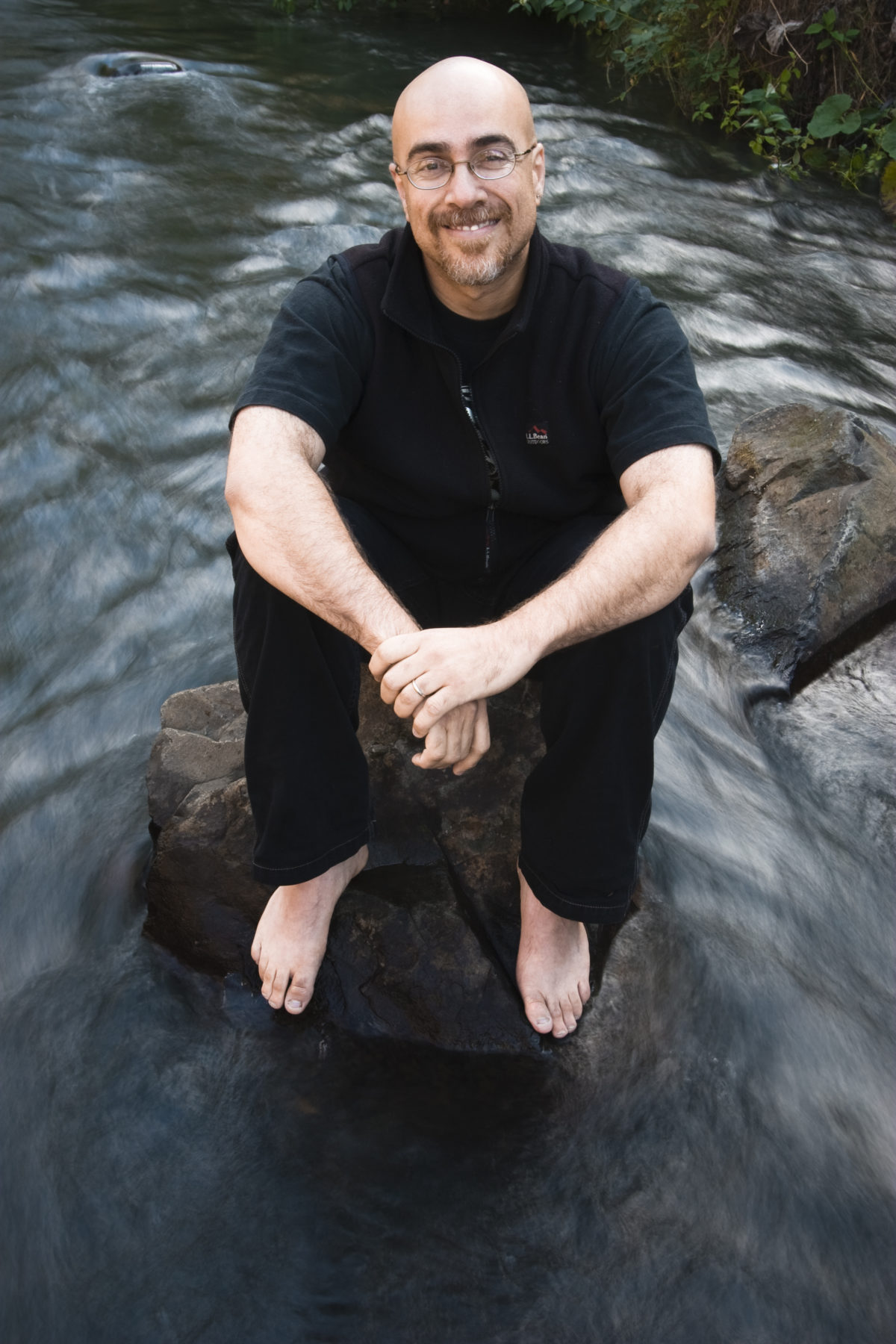
Photo by Frank Miller (originally published in Willamette University Scene magazine)
In remembrance of Nacho, please consider honoring the family with a comment or reflection on the beautiful blog that began the day he died: http://nacho-cordova.blogspot.com/

